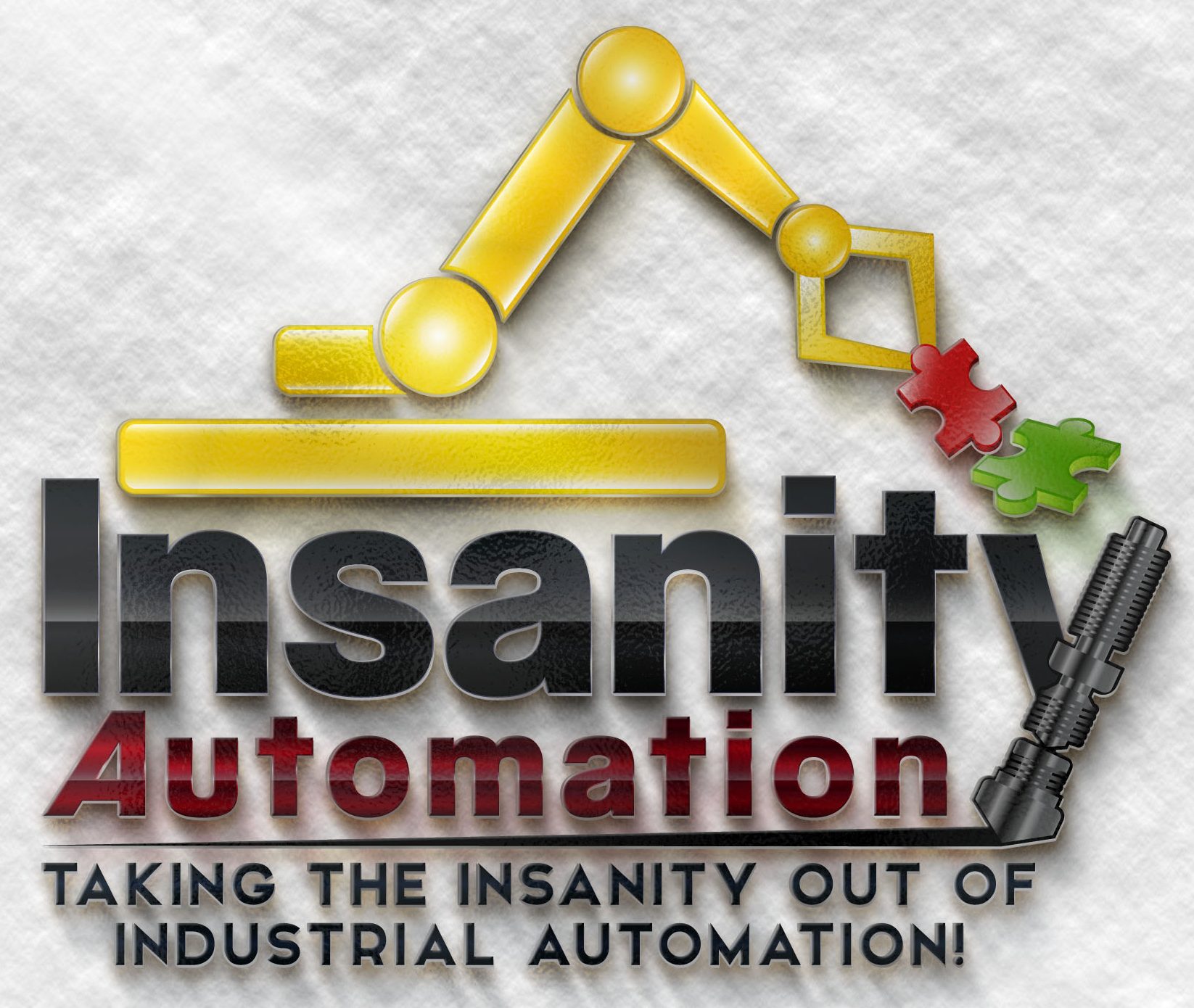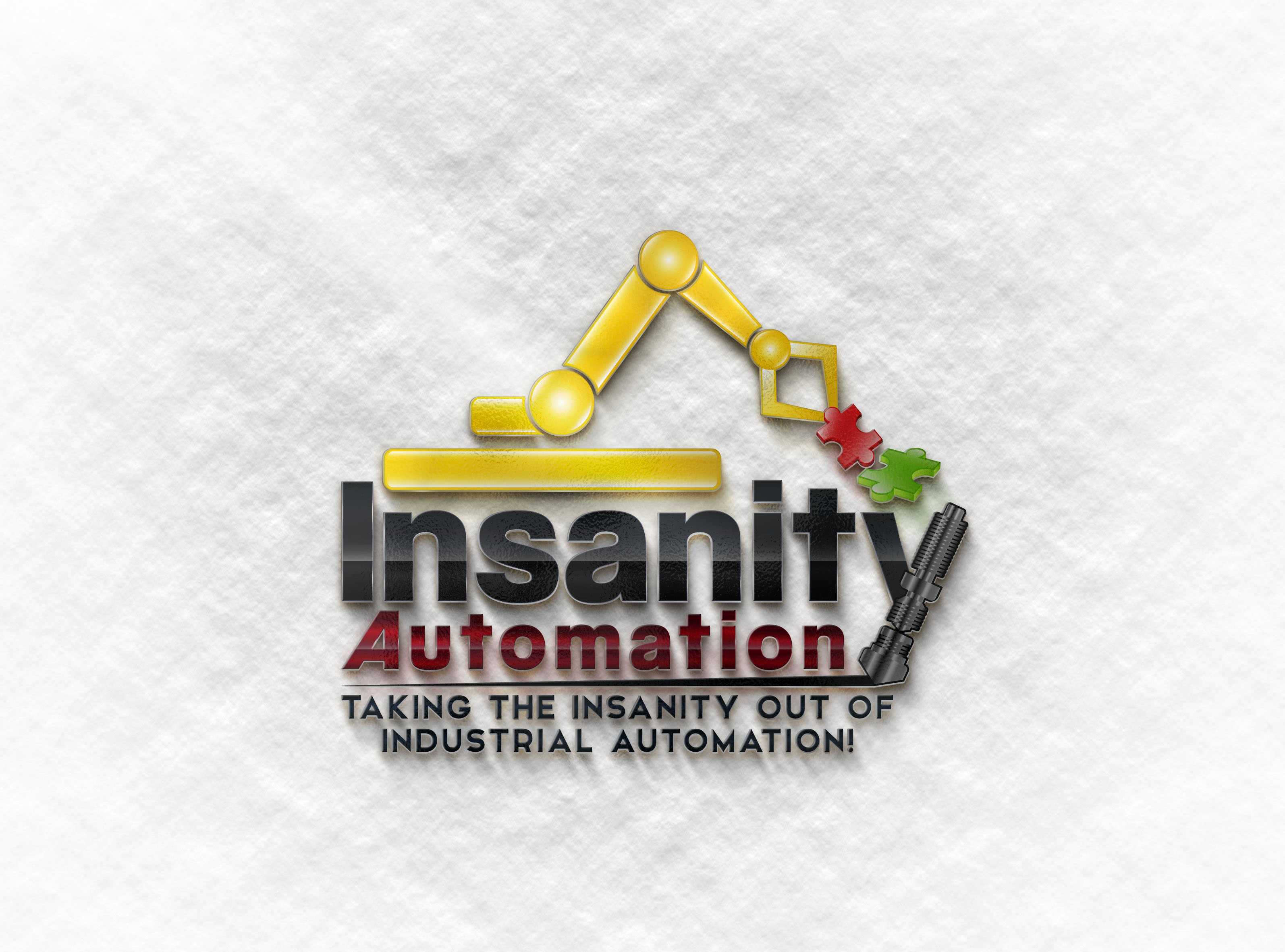In today’s high tech world, you often see a clash between not only the mechanical and electrical designers, but the younger generation CAD jockeys and the old school 2d toolies. They all have prejudices against the other two. Understanding these, where the other is coming from, and how to balance them is key to producing a machine in a fast, efficient, cost effective manner without causing an all-out war in your office.
Now keep in mind, I’m not saying every person in these groups exhibits these traits. I’m not saying none of them do. These preconceptions have been formed by either taking actions and criticism out of context, or by taking the worst traits of a given group of people as observed in a small environment and pushing that image on everyone else. If someone truly exhibits the attitudes described below with no misconception, then by all means replace them. A bad apple in the mix will sour the whole basket before you realize it. The goal here is to highlight the correct context, the information lost in translation, and the intent they were attempting to convey when the misconception was formed.
You have the obvious clash between the Controls guys who want to make the system a Swiss watch and have 300 motions to ensure an exact precise unit every time. They may select 100 different types of sensors to achieve the requirements. They’ve seen nearly everything you plan to do fail in the field at some point for one reason or another. They don’t know how to prevent it, but they know what you’re trying to do won’t work.
You have the younger generation CAD jockeys, they get the name from the old school guys who look down on anyone who didn’t start with pencil and paper on a drafting board, who either over-engineer or under-engineer. You have the deep thinkers that try to anticipate and overcome every possible problem. You many end up with a cylinder that advances, then a wedge to lock it in place, and a cam over clamp holding the wedge from backing up when really all it needed was a rod lock or air over oil cylinder. At the other end of the spectrum, you have the guy who will drop a few weldments on a base plate matched to dowel holes pre-drilled at the boring house then insist the fixture is machined wrong when parts don’t fit.
Finally, you have the old school toolies. The guys who have been around since drafting boards lined the room and everyone had a pencil and protractor. These guys have a slight aversion to highly technical solutions such as servo’s, multi-axis motion controllers, lvdt’s, and really any advanced controls device. They make everything adjustable and weight is no object. They feel mechanical should drive the project and view Controls engineers as a necessary evil at best, or a nuisance at worst.
The problem is how to get a coherent team! Many don’t recognize the need for it. The controls engineers think mechanical can just copy and paste from the last job and don’t understand how there can be so many problems on every job. They don’t realize how much it takes to create the surfaced backup nests for components, check clearances, and compare all product models. How many minute details there are, when a single one missed can trickle down through a whole line. Since they’ve been doing this for 40 years, the old school toolies don’t see the value of input from controls and don’t trust the inexperience of the CAD jockeys. The CAD jockeys consider the toolies fossils with outdated methods and out of touch with reality. They also view the controls engineers as pessimists at best or egotistical know-it-all’s at worst.
From the management side, you see the two extremes. One side of the camp argues to show every washer, piece of cable tray and field device on the 3d model. All the cat track is in. Everything constrained. You could drop it into a simulation package and watch the magic. The other side wants designs out fast. Focus on the tooling, adjust-ability, and part nesting. Don’t bother showing bolts or cat track. They can figure that out on the floor.
There is no one size fits all answer for how a company should handle the trade-offs here. The former will net an excellent visual picture, however you rarely have any time left to build the tool once they get there. Machining and assembly gets rushed, then it gets a scrambled program written with a pile of on the fly changes. The balance between these two needs to be determined by several factors. First is the skill level of the builders and machine tool electricians on the floor. The better these two groups are, the farther towards the latter you can get. The second is similarity of future work. The more you can document in the design phase, the easier it is to duplicate. If you have many like systems going to the same small number of end users, then it makes sense to show anything and everything you can in the models. This doesn’t need to occur on the first job. The great thing about this is that you can develop reusable blocks. Every project, just add a little bit more of the fine detail until there is nothing left to add. When you reach that point, that segment will be built just like legos. This is true for both the mechanical and electrical designs. With the rising popularity of fieldbus systems, either ethernet based direct (Profinet, Ethernet/IP, EtherCat, ModbusTCP, etc.) or distributed such as IOLink, the modularity of control systems is becoming much easier to manage. This however is another topic entirely, so for now I’ll leave it here.
The first task necessary to bring coherency and order to the chaos of today is a solid understanding of the viewpoints of all three key groups involved. For the scope of this article, I will focus on the misunderstood traits for the best case for each trade. I will brush on, but avoid delving into the purely negative aspects as the people exhibiting those aspects need to be examined closer and individually.

